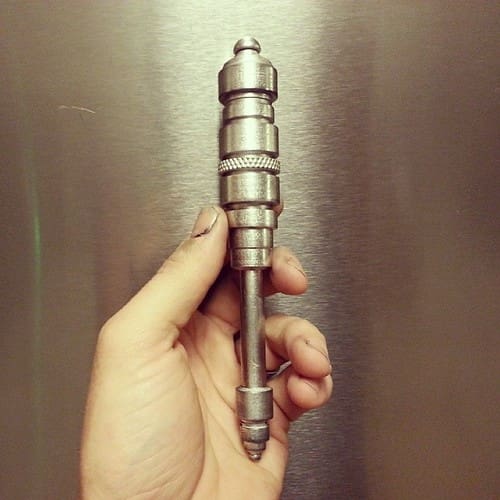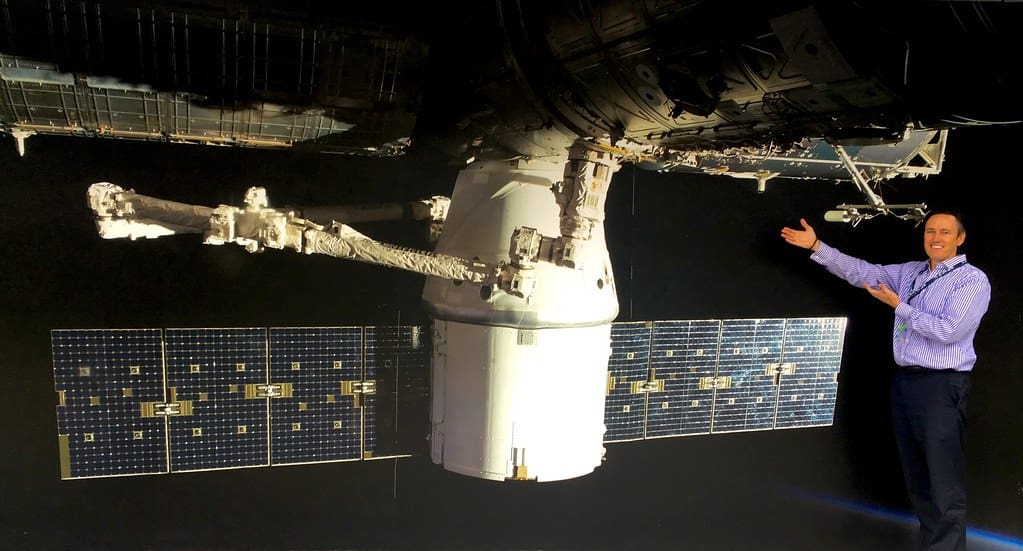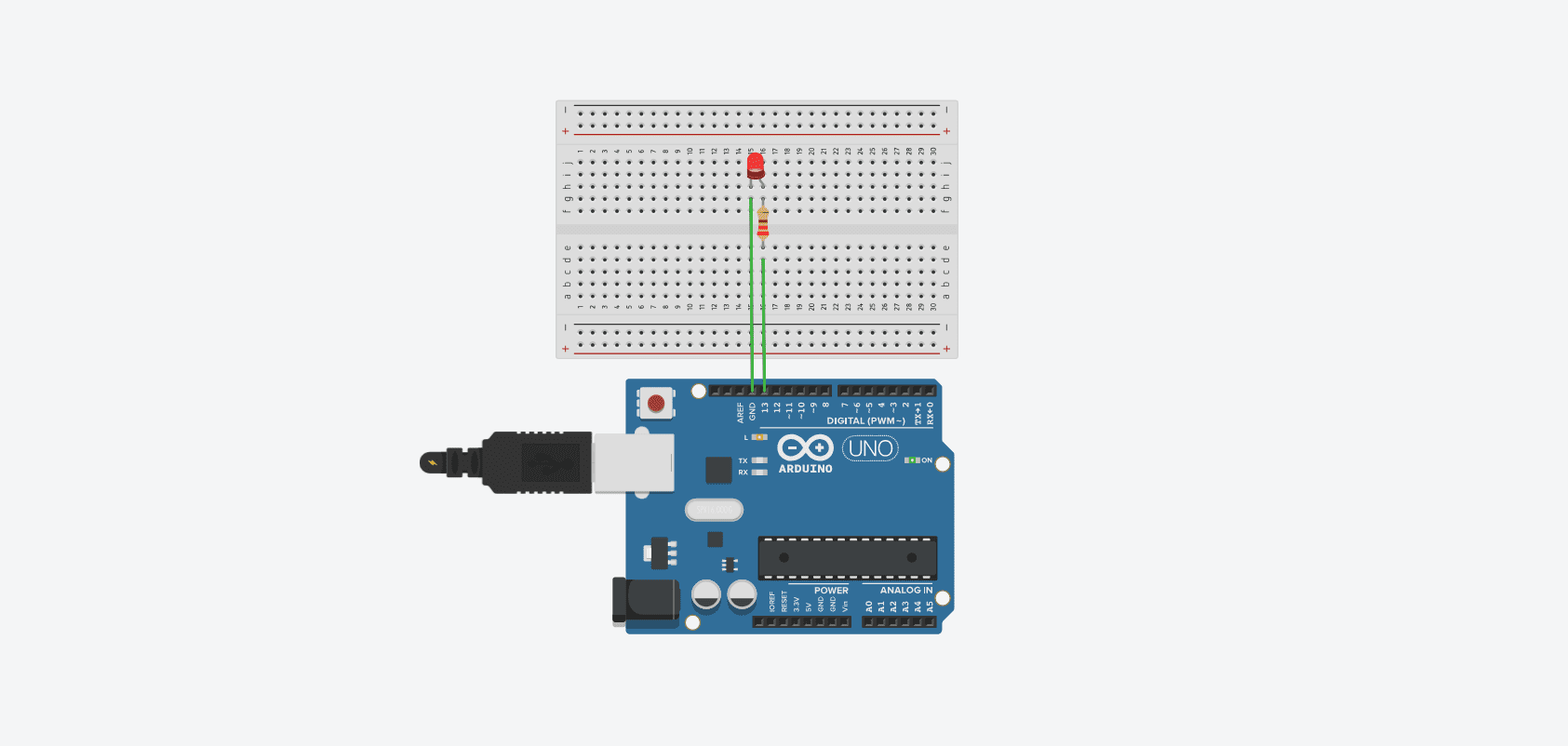Combat engineering focuses on the design, construction, and maintenance of military facilities and structures in the context of battlefield operations. This branch of military engineering also includes the modification and repair of roads, bridges, and fortifications under combat conditions. 3D printing, also known as additive manufacturing, has emerged as a powerful tool in combat engineering, offering rapid deployment capabilities, logistical flexibility, and the ability to produce tailored solutions directly in the field. This technology is transforming how military forces approach the construction and fortification of strategic positions, enhancing operational readiness and effectiveness.
The Emergence of 3D Printing in Combat Engineering
Initially adopted for prototyping and small-scale manufacturing, 3D printing has quickly gained prominence in combat engineering due to its versatility and efficiency. The ability to produce structures and components on-demand directly at or near the point of need significantly reduces logistic burdens and response times, which are critical factors in military operations. As 3D printing technology advances, it increasingly supports a wide range of combat engineering functions, from building robust defensive structures to repairing damaged equipment in hostile environments.

Advantages of 3D Printing in Combat Engineering
Rapid Construction and Deployment: 3D printing enables the quick construction of essential infrastructure such as bunkers, barriers, and bridges. These structures can be produced faster than traditional methods allow, providing immediate support to military operations.
Logistical Efficiency: By printing structures and parts on-site, military forces can significantly reduce the need to transport large quantities of building materials over potentially insecure supply lines. This not only speeds up construction but also minimizes logistical risks and costs.
Customization and Adaptability: 3D printing allows for the customization of designs to suit specific environmental and tactical needs. Structures and parts can be adapted based on the terrain or specific operational requirements, offering greater flexibility in combat scenarios.
Resource Conservation: Additive manufacturing contributes to resource efficiency by using only the amount of material required to build structures or parts, minimizing waste typically associated with construction.
Key Applications of 3D Printing in Combat Engineering
Fortifications and Defensive Structures: 3D printing is used to construct various defensive installations, such as blast walls and fortified positions, tailored to the landscape and specific defense needs of the area.
Repair and Maintenance of Equipment: Portable 3D printers enable the on-site production of replacement parts and components for military vehicles and equipment, facilitating immediate repairs and maintaining the operational availability of critical assets.
Rapid Bridge Construction: Combat engineering often requires the quick erection of temporary bridges. 3D printing can produce robust components of a bridge or complete smaller bridges, enhancing mobility and access in conflict zones.
Field Accommodations: 3D printed barracks and other living structures can be quickly erected to provide safe and functional accommodations for troops in forward-operating bases or remote locations.

Challenges in 3D Printing for Combat Engineering
Material Durability and Performance: Ensuring that 3D printed materials meet military specifications for durability and can withstand combat conditions is crucial. Materials must be capable of resisting environmental stressors such as extreme temperatures, moisture, and mechanical impact.
Printer Mobility and Robustness: Deploying 3D printers in a combat environment requires robust, portable, and easy-to-use equipment capable of operating under challenging conditions.
Technical Training and Support: Effective use of 3D printing in combat scenarios requires specialized training for personnel, which must cover not only the operation of the printing equipment but also the design and modification of printable files.
Security of Intellectual Property: Protecting the digital designs used in 3D printing is essential to prevent intellectual property theft and ensure that sensitive information does not fall into the wrong hands.
Future Directions in 3D Printing for Combat Engineering
The future of 3D printing in combat engineering looks promising, with ongoing advancements likely to enhance its effectiveness and reliability. Innovations may include the development of new, more durable materials, improvements in the speed and quality of printing, and the integration of automated systems to reduce the need for manual input and increase production capabilities.
3D printing is set to redefine the landscape of combat engineering by providing innovative solutions that improve the speed, efficiency, and flexibility of military operations. As the technology continues to evolve, it will play a crucial role in enhancing the capabilities of combat engineers, enabling them to meet the dynamic demands of modern warfare more effectively. With its potential to revolutionize battlefield logistics and infrastructure, 3D printing is becoming an indispensable tool in the arsenal of military engineering.








